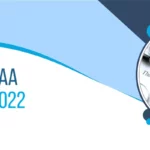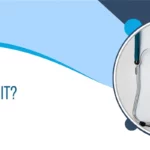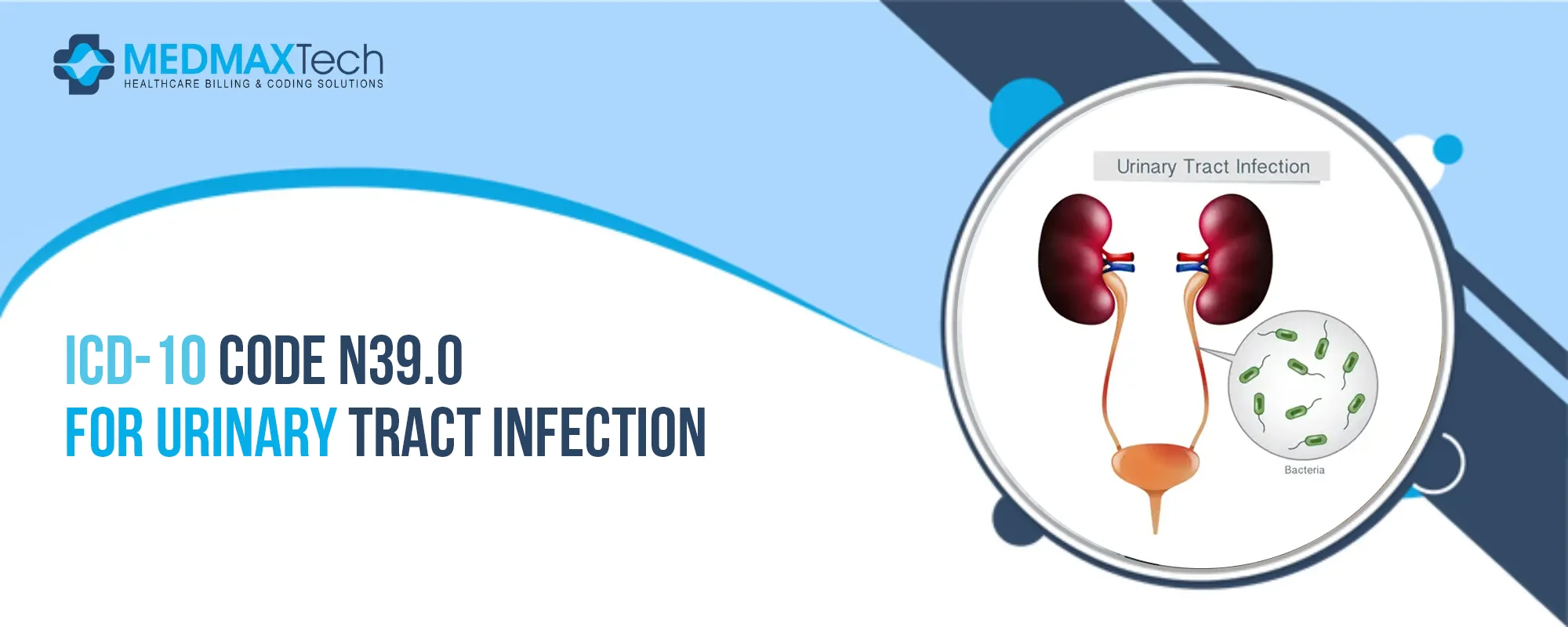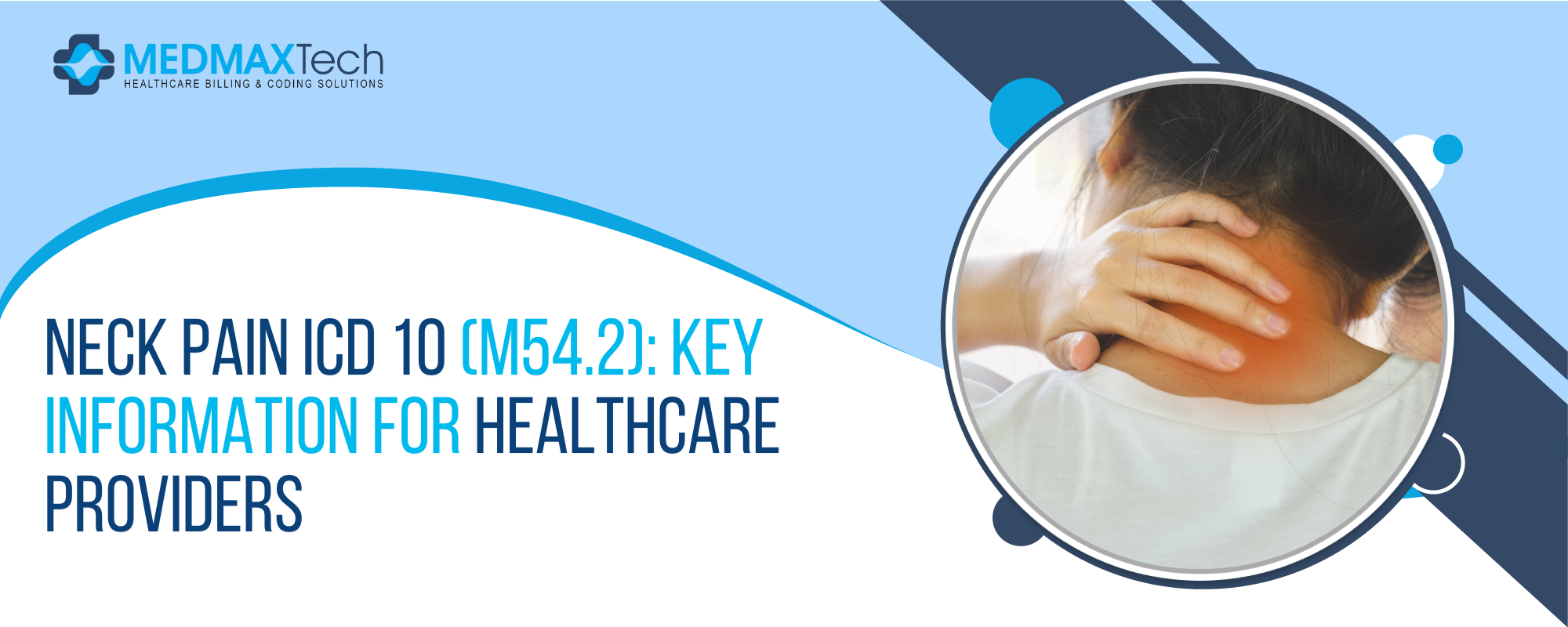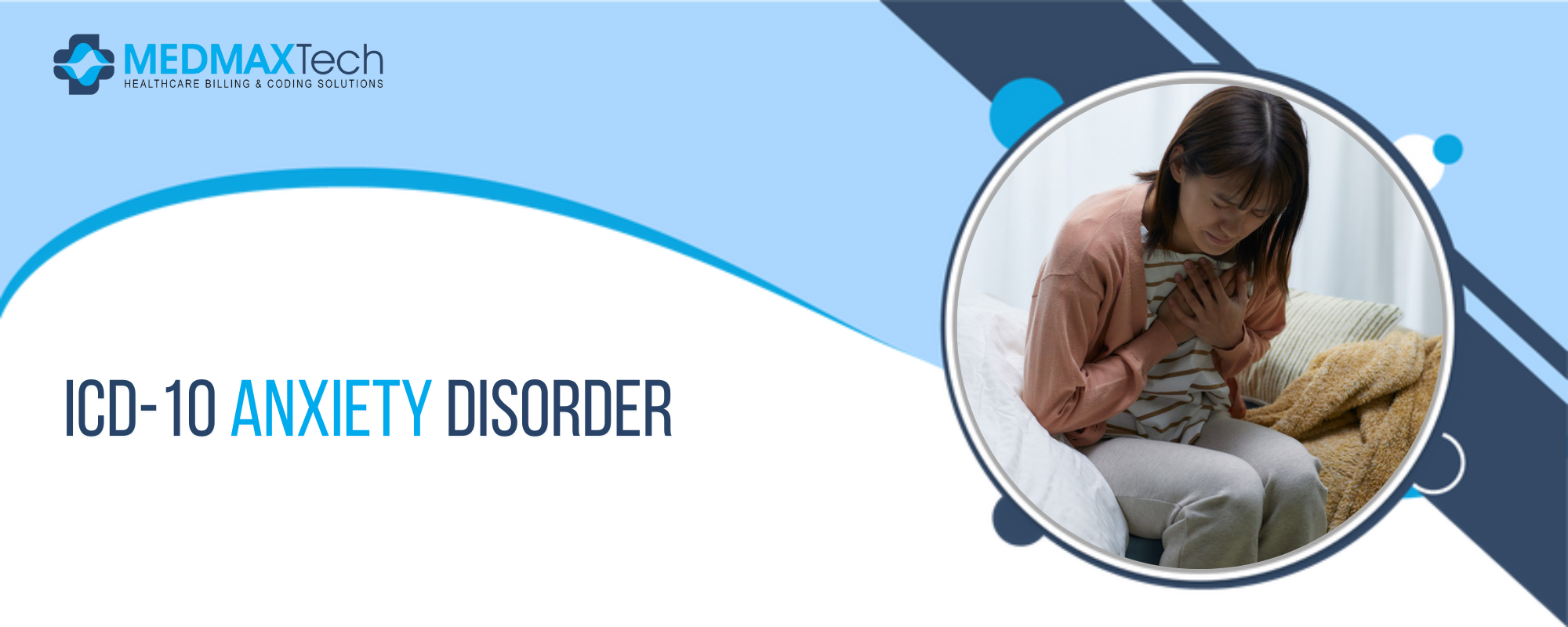
Anxiety ICD 10
What are the Anxiety ICD-10 Codes?
Anxiety disorders are conditions where anxiety is the main symptom. They can happen in different situations. Below are some of the most common anxiety disorders listed in the ICD-10.
Here is a useful table showing types of anxiety ICD-10 codes:
| Type of Anxiety Disorder | ICD-10 Code |
|---|---|
| Generalized Anxiety Disorder | F41.1 |
| Panic Disorder | F41.0 |
| Social Phobia | F40.1 |
| Specific (Isolated) Phobias | F40.2 |
F41.1 Generalized Anxiety Disorder ICD-10 Code
The ICD-10 code for Generalized Anxiety Disorder is F41.1, and it’s one of the most commonly used codes for mental health issues.
About 2.7% of adults have had GAD in the past year, and 5.7% will face it at some point in their life.
Criteria for Generalized Anxiety Disorder ICD-10 Code
- Worry, tension, and nervousness must be present for at least six months, affecting everyday life.
- At least one of these symptoms must be present:
- Pounding heart
- Fast heartbeat
- Sweating
- Shaking or trembling
- Along with that, at least three more symptoms from this list must also occur:
- Dry mouth
- Trouble breathing
- Feeling like choking
- Chest pain or discomfort
- Nausea or upset stomach
- Dizziness
- Feeling detached from reality
- Fear of losing control, fainting, or dying
- Hot flashes or chills
- Numbness or tingling
Some professionals mistakenly use GAD as a “catch-all” diagnosis. They assume if anxiety is present but doesn’t fit another disorder, it must be GAD.
Even though GAD means general anxiety, it still has strict criteria that must be met. F41.1 is not the same as F41.9 (unspecified anxiety disorder), but sometimes it’s used that way by mistake.
F41.0 Panic Disorder ICD-10 Code
Panic disorder is one of the most frightening anxiety conditions. It can feel like you’re having a heart attack or losing control. Around 2.7% of U.S. adults had it in the past year, and 4.7% will have it sometime in their lives.
Criteria for Panic Disorder ICD-10 Code
- Repeated panic attacks that don’t always happen in a certain place or situation.
- At least four symptoms must occur. One must be from this list of autonomic arousal symptoms:
- Heart palpitations
- Sweating
- Trembling or shaking
- Dry mouth
- Heart palpitations
Other possible symptoms:
- Chest pain
- Numbness
- Nausea
- Stomach problems
- Dizziness
- Feeling detached
- Fear of dying or losing control
A panic attack includes:
- A sudden feeling of extreme fear or discomfort
- It starts quickly without warning
- It gets worse in minutes and lasts for several minutes
Important: Physical health issues must be ruled out before diagnosing panic disorder. Symptoms like rapid heartbeat could be caused by other health problems.
It’s common for people to see a doctor for physical symptoms before realizing it’s a panic disorder.
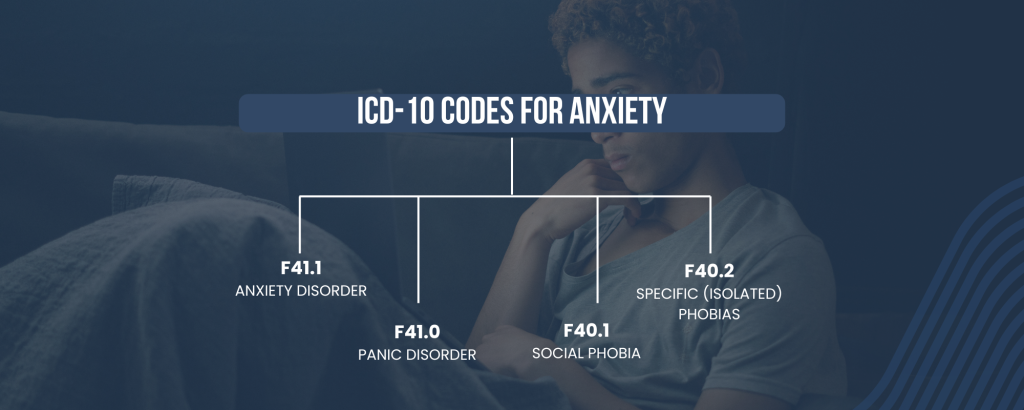
F40.1 Social Phobia (Social Anxiety Disorder) ICD-10 Code
To diagnose social phobia, one of the following two symptoms must be present, and they must happen in social settings like public speaking, parties, meetings, or classrooms:
- Strong fear of being the center of attention or doing something embarrassing.
- Avoiding situations where there is fear of being embarrassed.
There must be serious emotional stress from these fears or from avoiding them.
Symptoms only appear when the person is in the feared situation or even just thinking about it.
When facing the feared situation, at least two anxiety symptoms (mentioned above in the GAD section) are present.
Also, one of these symptoms must occur:
- Blushing
- Fear of vomiting
- Urge or fear of urinating or defecating
Key Point: The correct diagnosis of social phobia depends on how severe the symptoms are. Many people feel nervous in social settings, but those with social phobia may avoid these situations at any cost or feel completely helpless in them.
F40.2 Specific (Isolated) Phobias ICD-10 Code
Criteria:
- Ongoing, intense fear of a particular object or situation that is unreasonable or excessive.
- Facing the feared object almost always causes immediate anxiety, possibly a panic attack.
- The person knows their fear is stronger than the actual danger.
- The person avoids the object/situation or goes through it with extreme distress.
- The fear or avoidance affects normal daily life.
- The fear must last for at least six months.
Like social phobia, a proper diagnosis of specific phobia depends on how much the fear disrupts life. For example, many people dislike injections, but those with a needle phobia might avoid medical care completely.
People with specific phobias know their fear is irrational, but they still feel overwhelmed by it.
Where Are OCD and PTSD in ICD-10 Codes?
In the original ICD-10 system, OCD (Obsessive-Compulsive Disorder) and PTSD (Post-Traumatic Stress Disorder) were listed as anxiety disorders.
Now, they have their own separate categories because they include many other symptoms besides anxiety.
Even though anxiety is still a big part of OCD and PTSD, experts have decided that they’re complex enough to be placed in different categories.
Anxiety is one of the most common and serious mental health issues in the world. Using the correct ICD-10 codes is important for creating treatment plans and for getting insurance coverage.

Jessica Collins
Jessica Collins is a Certified Professional Coder (CPC) specializing in medical billing services and revenue cycle management (RCM). She works closely with healthcare providers and medical billing companies to streamline claim processing, reduce denials, and enhance reimbursement efficiency.

